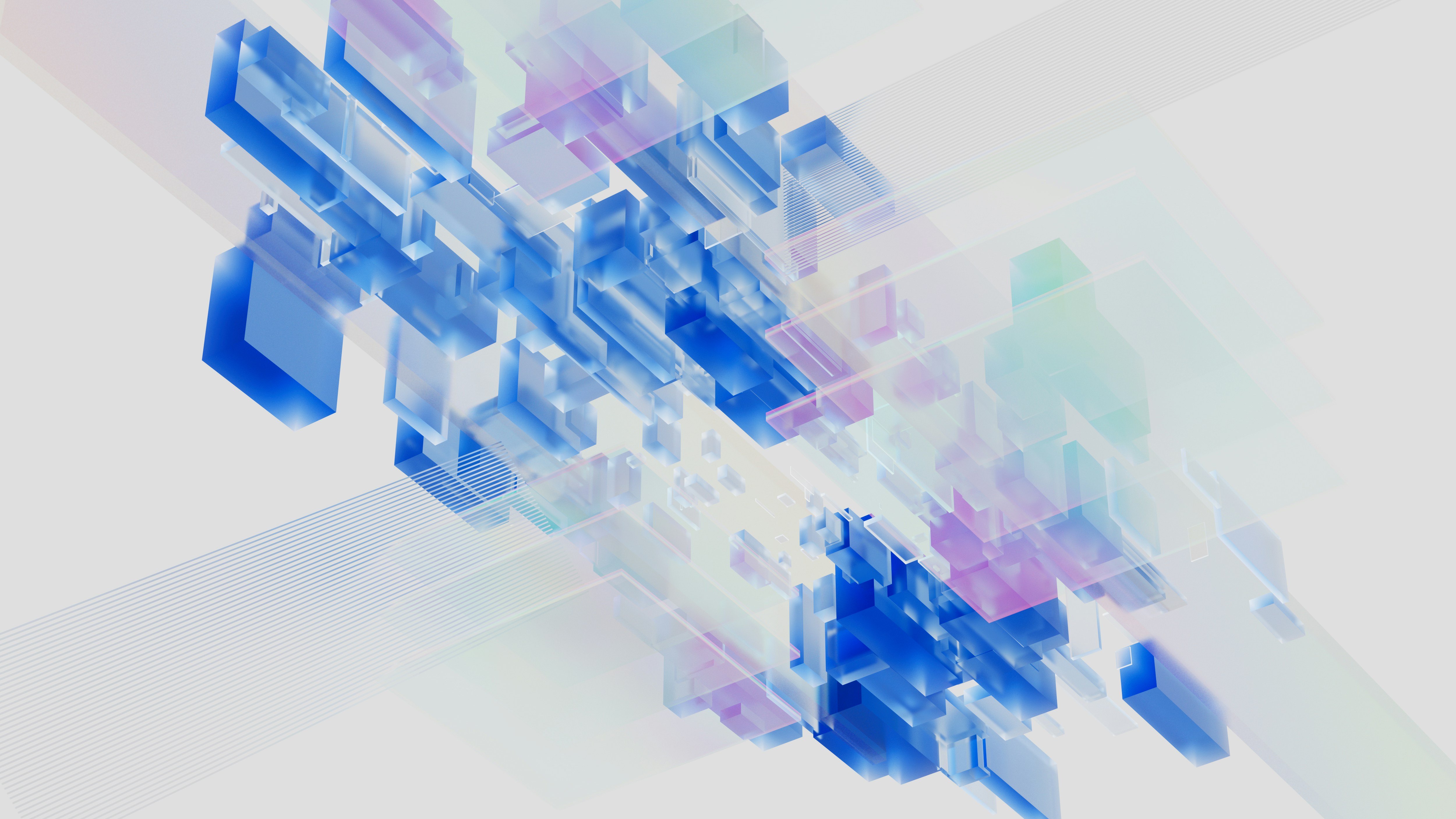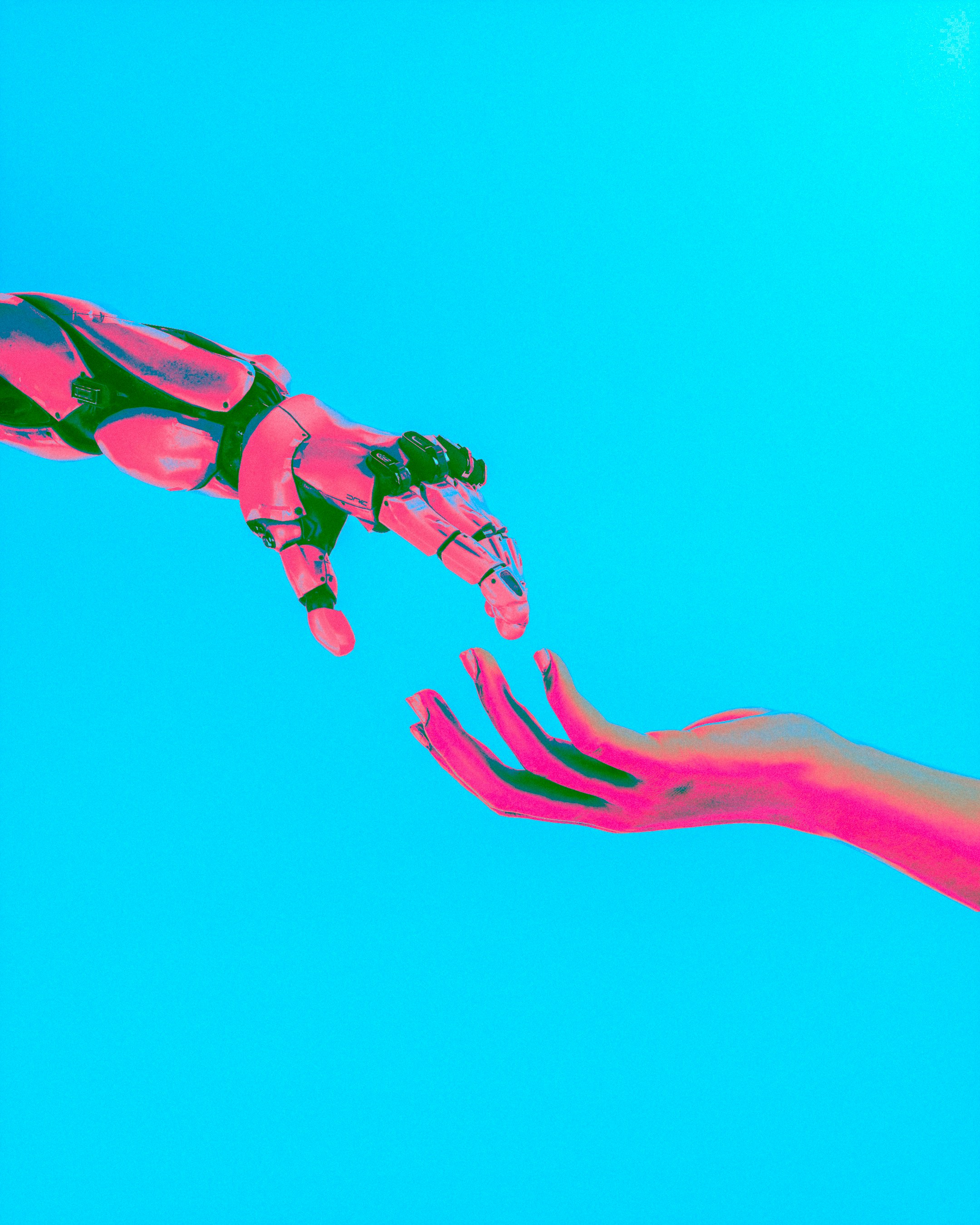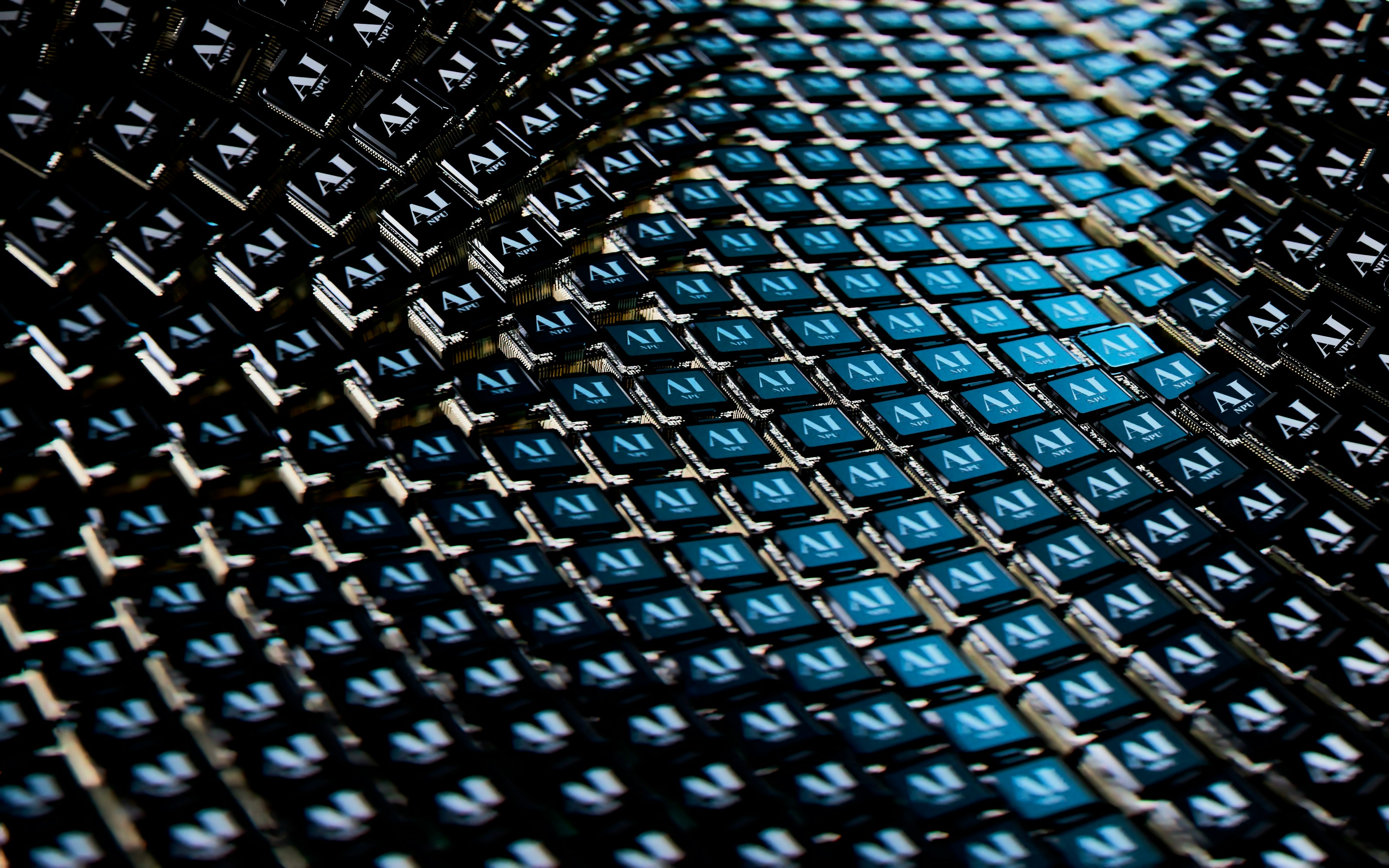The cultural and creative sector is undergoing a profound reorganization, driven by the digitization of practices, the diversification of formats, the expansion of distribution platforms, the internationalization of audiences, and the emergence of new economic models (streaming, NFT, immersive experiences, etc.). In the face of these changes, institutions, creators, producers, and distributors must demonstrate a new agility in the conception, promotion, and valorization of works.
In this context, artificial intelligence is establishing itself as a tool for creative amplification, intelligent mediation, and strategic structuring. It allows for the analysis of massive cultural corpuses, the detection of aesthetic trends, the generation of new content, the indexing and classification of archives, the personalization of the viewer's experience, and the optimization of programming, distribution, or commercialization of works.
AI acts both as a lever for democratizing access to culture, as a driver of artistic innovation, and as an instrument of economic intelligence serving the structuring of cultural industries within an ecosystem that is constantly being reinvented.
What NeuriaLabs brings to the cultural, artistic, and entertainment sector
NeuriaLabs supports museums, heritage institutions, galleries, festivals, publishing houses, audiovisual production companies, cultural platforms, artistic media, and players in digital creation in the implementation of artificial intelligence technologies to aid in creation, distribution, mediation, and preservation.
We design solutions that enhance existing works, better understand audiences, generate new expressive formats, enrich the cultural experience, and strengthen the economic resilience of cultural institutions.
Our approach combines technological rigor, respect for creators’ rights, aesthetic sensitivity, and ethical awareness to ensure a use of artificial intelligence that respects the singularity of works and the diversity of artistic expressions.
Use cases in the cultural, artistic, and entertainment sector
Artificial intelligence is deployed in numerous use cases at the intersection of technology, mediation, and creation:
• Intelligent indexing of cultural content: classification, automatic description, generation of metadata, and semantic hierarchization of archives, visual, audio, or audiovisual works.
• Personalization of cultural recommendations: adaptation of mediation, suggestions, or programming according to each visitor’s or viewer’s profile, preferences, and journey.
• AI-assisted creation: generation of literary texts, visuals, musical compositions, or scenarios based on artistic intentions or existing corpuses.
• Analysis of works or artistic trends: algorithmic exploration of large cultural ensembles to identify styles, influences, recurring motifs, or aesthetic breaks.
• Design of immersive and interactive experiences: AI management of scripted content, adaptive storytelling, virtual characters, or intelligent set designs.
• Automatic translation and multilingual transcription of cultural content: enhanced accessibility for international audiences or those with hearing impairments.
• Forecasting attendance and ticket sales: modeling attendance based on seasons, target audiences, exhibitions, proposed works, or communication channels.
• Detection of counterfeits or unreported works: visual or audio recognition for identifying illegal uses or copyright violations in online catalogs or distribution databases.
Solutions developed by NeuriaLabs for the cultural, artistic, and entertainment sector
NeuriaLabs designs advanced artificial intelligence solutions dedicated to cultural, artistic, and creative issues, while respecting heritage rights, aesthetic sensitivities, and ethical principles of human-machine co-creation.
Our solutions include:
• Recognition and indexing engines for multimedia works: systems capable of analyzing images, videos, sounds, or texts to automatically generate metadata, summaries, classifications, and links of cultural context (author, movement, era, location).
• Personalized cultural recommenders: hybrid algorithms integrated into streaming platforms, virtual visits, or museum mediation, adjusting proposals based on implicit preferences, prior behaviors, and educational or emotional objectives.
• AI-assisted generation modules for artistic creation: generative AI tools (text, image, music) allowing artists, writers, or composers to experiment with new forms of expression, create stylistic variations, or produce creative prototypes at scale.
• Tools for analyzing artistic dynamics: processing large sets of works to identify emerging trends, aesthetic convergences, or cultural cycles for programming, monitoring, or editorial strategy purposes.
• Adaptive immersive interaction systems: AI-driven platforms managing interactive cultural environments, such as digital museums, smart stages, augmented exhibitions, or non-player characters within narrative universes.
• Solutions for automatic translation, subtitling, and transcription: integration of multilingual models capable of transcribing, translating, and contextualizing content for wider accessibility and better international dissemination.
• Modules for detecting counterfeits or unauthorized use: image recognition technologies, audio fingerprints, or text similarity for monitoring the usage of works on digital platforms and protecting rights holders.
These solutions can be deployed in cultural institutions, creative studios, online platforms, research environments, or educational devices, while respecting copyright standards, managing sensitive cultural data, and upholding ethical principles of algorithmic creation.



